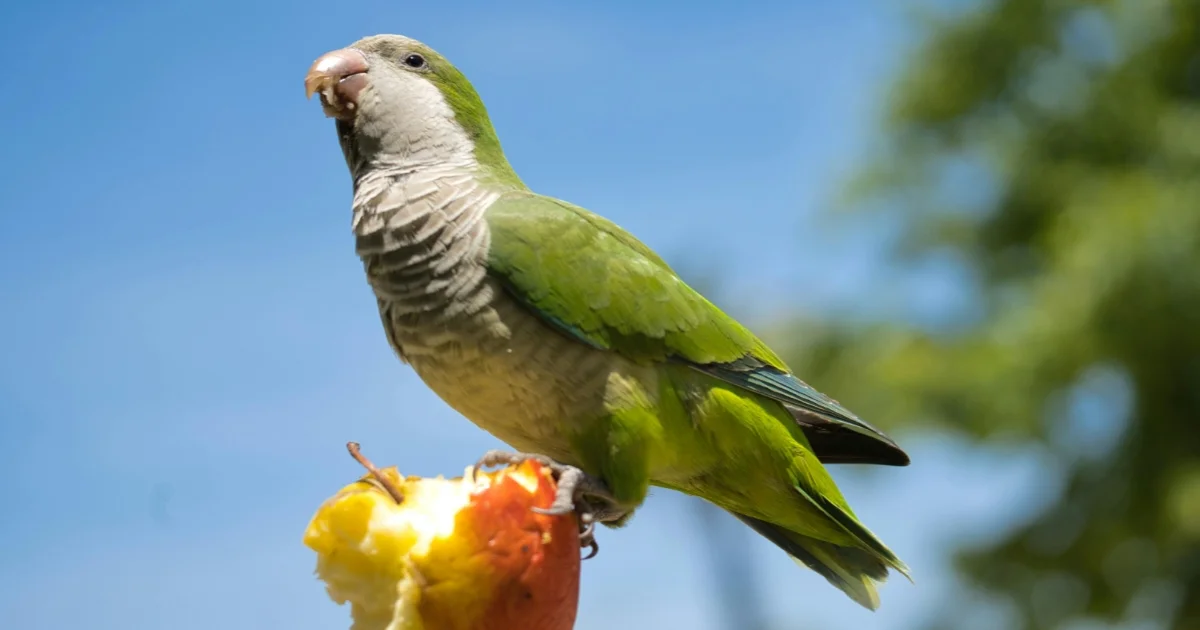Kangaroo

Life Span
6–23 years
Top speed
44 mph
Size
3–8 ft
Weight
40–200 lbs
Kangaroos are iconic marsupials native to Australia, recognized for their powerful hind legs, large feet, and distinctive hopping gait. These fascinating creatures are part of the Macropodidae family and are closely related to wallabies and wallaroos. Kangaroos play an important role in Australian culture and ecosystems.
Kangaroo Facts Overview
| Size: | 3–8 ft |
| Weight: | 40–200 lbs |
| Top Speed: | 44 mph |
| Food: | Grass, leaves |
| Color: | Red, gray, brown |
| Location: | Australia |
| Predators: | Dingoes, eagles, humans |
| Lifespan: | 6–23 years |
| Habitat: | Grasslands, forests |
| Gestation: | 30–36 days + pouch time |
Description
Kangaroos have muscular hind legs adapted for leaping, a long tail for balance, and small front limbs. They can range from 3 to 8 feet in height and weigh between 40 and 200 pounds. Their coats vary in color, including shades of red, gray, and brown.
Life Cycle
Kangaroos begin life as tiny, underdeveloped joeys after a short gestation of 30-36 days. The joey crawls into its mother’s pouch, where it nurses and grows for about 6-9 months. After leaving the pouch, it continues to suckle and stays close to its mother for protection.
Characteristics
Known for their strength and agility, kangaroos can leap over 25 feet in a single bound. They have keen hearing and vision, aiding in predator detection. Their long, muscular tails are used for balance and support, while their large feet and powerful legs are adapted for high-speed travel.

Care
In captivity, kangaroos require large, open enclosures that mimic their natural environment, allowing for adequate movement and grazing. They need a diet of fresh grass, hay, and specialized pellets. Regular veterinary care is essential to monitor their health and prevent common ailments like parasitic infections.
Lifespan
Kangaroos typically live between 6 to 23 years, with those in captivity often living longer due to regular feeding and protection from predators. Their lifespan can be influenced by factors like food availability, environmental conditions, predation, and disease, making their survival in the wild more challenging.
Predators
Adult kangaroos have few natural predators, with dingoes being the primary threat. Young joeys are vulnerable to eagles, foxes, and feral cats. Humans also pose a significant threat through hunting, habitat destruction, and vehicle collisions, impacting kangaroo populations across Australia.
Habitat
Kangaroos inhabit diverse environments, including grasslands, woodlands, savannas, and open forests. They are adaptable and can survive in arid regions by relying on their ability to conserve water and feed on drought-resistant vegetation, making them resilient in Australia’s varying climates.
Distribution
Kangaroos are native to Australia, with some species also found in Tasmania and nearby islands. They are widespread across the continent, thriving in diverse landscapes. Each species occupies a specific region, such as the Red Kangaroo in arid zones and the Eastern Grey Kangaroo in fertile, eastern areas.

Diet
As herbivores, kangaroos primarily feed on grasses, leaves, and shrubs. They have chambered stomachs similar to cattle, allowing them to ferment and efficiently digest tough plant materials. Their feeding habits help maintain ecological balance by promoting plant diversity and preventing overgrowth in their habitats.
Behavior
Kangaroos are mostly active at dawn and dusk to avoid the midday heat. They socialize within their mob, establishing hierarchies through boxing matches among males. Their strong legs can deliver powerful kicks if threatened, and they use their tail as a third leg for balance.
Reproduction
Kangaroos have a unique reproductive system called embryonic diapause, allowing females to delay the development of a new embryo until conditions are favorable. After a short gestation, the tiny joey crawls into the pouch to continue developing. Females can nurse multiple joeys of different ages simultaneously.
Kangaroo Scientific Classification
| Kingdom: | Animalia |
| Phylum: | Chordata |
| Class: | Mammalia |
| Order: | Diprotodontia |
| Family: | Macropodidae |
| Genus: | Macropus |
Animals for You
References
1. Kangaroo Wikipedia Article – https://en.wikipedia.org/wiki/Kangaroo






